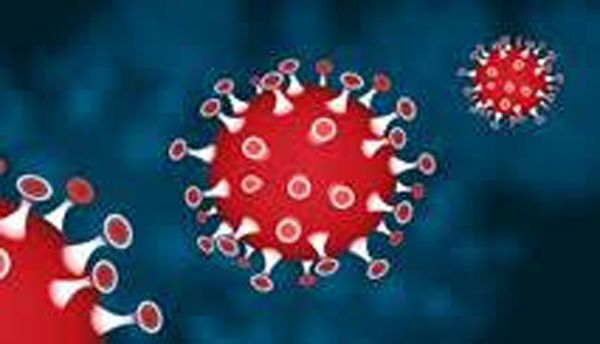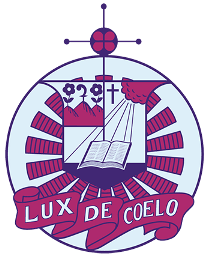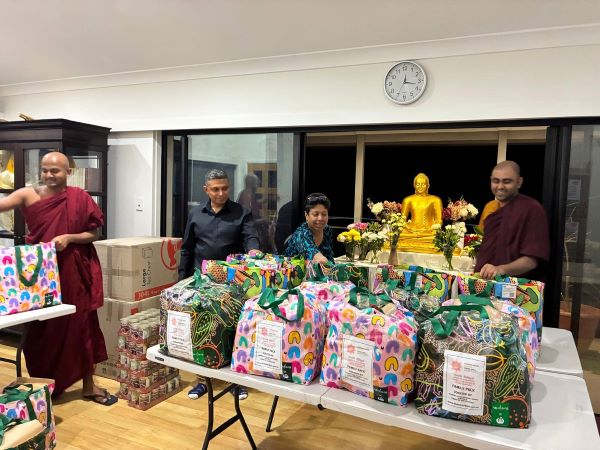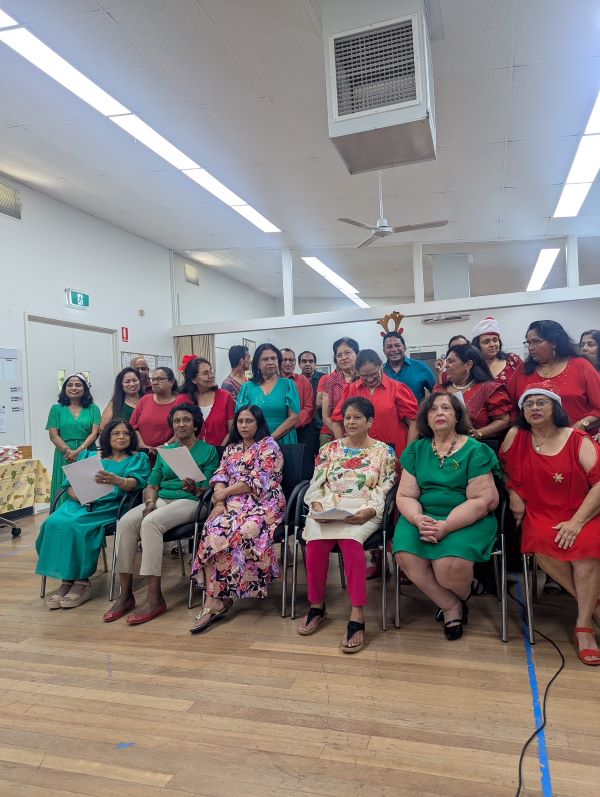Opportunities ahead after the mighty destroyer COVID 19 leaves us – By Raj Gonsalkorale

Karl Marx had predicted that like previous socio-economic systems, capitalism produced internal tensions which would lead to its self-destruction and replacement by a new system known as socialism.
While it’s too early to tell whether the destruction caused by the coronavirus is philosophically what Marx predicted, the after effect of it at least seems to offer opportunities for the world to seize upon and build a new house where there is much less inequality amongst its inhabitants. Socialism or by any other name, a governance system that takes the world towards a social organization where the ownership of the means of production, distribution, and exchange is more broad based and where there is greater ownership by the community as a whole, might be on the cards.
Pandemics are nothing new and history records several that have killed many people, devastated livelihoods and ruined the economies of countries. Despite these, the world has survived.
The worst influenza pandemic recorded, the Spanish flu of 1918 which incidentally had not originated there but supposedly in New York and subsequently spread throughout the world killing some 50 million people and infecting over 500 million people. In percentage terms, taking the estimated population of the world at the time of 1.8 billion people, it killed around 3 % of the population and infected about 30% of the population. The pandemic lasted about two years.
Other large influenza pandemics
The Spanish flu pandemic was the largest, but not the only large recent influenza pandemic. Two decades before the Spanish flu the Russian flu pandemic (1889-1894) is believed to have killed 1 million people.
Estimates for the death toll of the “Asian Flu” (1957-1958) vary between 1.5 and 4 million. According to a WHO publication the “Hong Kong Flu” (1968-1969) killed between 1 and 4 million people. The Russian Flu pandemic of 1977-78 was caused by the same H1N1 virus that caused the Spanish flu. According to estimates it had killed around 700,000 died worldwide
Compared to the period of the Spanish flu, differences in health systems infrastructure and medicines matter today and while the potential is there for the numbers being infected and dying to be substantial. The Spanish flu hit the world in the days before antibiotics were invented; and many deaths, perhaps most, were not caused by the influenza virus itself, but by secondary bacterial infections.
It is said that health systems were different then, but also the health and living conditions of the global population were worse than now. The 1918 pandemic hit a world population of which a very large share was extremely poor – large shares of the population were undernourished, in most parts of the world the populations lived in very poor health, and overcrowding, poor sanitation and low hygiene standards were common. Sadly, this situation is not very different today as will be shown later in this article.
The question before us now is not only about if and when the current pandemic will end, and how, as it will end without doubt, but about what we make of what is left behind in its wake. It is also the time to begin discussions as to what kind of world do we want and whether we should go back to the world before the pandemic struck it. Although many tend to describe the world today as wealthy and healthy, economic social and health statistics do not support this claim when considering the number of people in poverty and when considering the health and wealth inequalities in the world.
The following sample of statistics are given to show that the world is not very healthy and wealthy and wealthy today
- Nearly 1/2 of the world’s population — more than 3 billion people — live on less than $2.50 a day. More than 1.3 billion live in extreme poverty — less than $1.25 a day
- 1 billion children worldwide are living in poverty. According to UNICEF, 22,000 children die each day due to poverty
- 805 million people worldwide do not have enough food to eat.
- More than 750 million people lack adequate access to clean drinking water. Diarrhoea caused by inadequate drinking water, sanitation, and hand hygiene kills an estimated 842,000 people every year globally, or approximately 2,300 people per day.
- In 2011, 165 million children under the age 5 were stunted (reduced rate of growth and development) due to chronic malnutrition.
- Preventable diseases like diarrhoea and pneumonia take the lives of 2 million children a year who are too poor to afford proper treatment.
- As of 2013, 21.8 million children under 1 year of age worldwide had not received the three recommended doses of vaccine against diphtheria, tetanus and pertussis.
- 1/4 of all humans live without electricity — approximately 1.6 billion people.
- 80% of the world population lives on less than $10 a day.
- Oxfam estimates that it would take $60 billion annually to end extreme global poverty–that’s less than 1/4 the income of the top 100 richest billionaires.
- The World Food Programme says, “The poor are hungry and their hunger traps them in poverty.” Hunger is the number one cause of death in the world, killing more than HIV/AIDS, malaria, and tuberculosis combined
Figures published by Oxfam in their 2018 report to the World Economic Forum (WEF) said that the world’s 2,153 billionaires have more wealth than the 4.6 billion people whom make up to 60% of the planet’s population, that in the year 2018, the 26 richest people on earth had the same net-worth of poorest half, the 3.8 billion people of the planet earth. If this global inequality does not shock us, nothing will. This gap between the rich and the poor is vulgar. This inequality is in the main, the result of exploitation of the many, by a few.
It is difficult to imagine and link the Coronavirus as a catalyst let loose to give the world a shock it needed. If its targeting was more discerning and less all-encompassing as being experienced now, one could have come to a conclusion that it is the work of a higher being or of invaders from another planet! The aftermath of its impact however is no different. It has shaken the foundations of the world as we knew it, and it has made the accumulation of unbridled wealth a meaningless exercise as the economic disorder that has been experienced has made such wealth much less potent than it was in shaping that world of inequality.
A longing for a return to “normality” as we knew it may not be possible and may not be desirable given the inequalities of the world before COVID 19. A world of greater compassion, a world which is sustained by its climate and its natural eco system, a world less of inequality, a world that is driven by genuine needs rather than wants arising from avarice, where no one dies of hunger or lack of clean water to drink, where basic health needs are met for everyone, are the objectives that an overwhelming number of the world’s population would yearn for. This pandemic offers opportunities to rethink and not begin building another time bomb that the world had built for itself.
Perhaps the paradigm needed might be to turn the economic model that existed prior to the pandemic, upside down and for wealth generation and accumulation to happen at the grass roots so that more and more people acquire and have a share of capital rather than a few. Consequently, economic inequities, and many social and societal inequities that have their roots in economic inequities, will be addressed with greater sustainability.
The challenge for all of us now is to think strategically and laterally, about the kind of world we would like to have and seize the opportunities that the shaken world presents. It is timely that our thoughts are directed towards the kind of world we would like to see rather than doing hundreds of analysis about the possible origins of the virus, its spread and its containment. While these are important, the origin of a virus spread is most likely something that people cannot control although preventing its spread is something people can control. It is important however to discuss how we could collectively face the aftermath of the pandemic and how we could chart a course that would give us a better country as that would be within our control.
If the preservation of the environment and attending to factors that contribute to climate change and move towards a higher target of energy requirements from renewable sources, underpin the new economic paradigm, then countries like Australia can usher a new world that everyone desires.
Australia has at least in the short to medium term, turned its economic model upside down to some extent. A commentator stated that the unprecedented relief packages announced by the government, which is a conservative government, were like what a drunken Labour government would have done! In a sense, many at the bottom of the pile have been lifted to a higher platform, albeit temporarily, as the government says. Many analysts seem to agree that it will be very difficult for the government to reverse the decisions taken even in the longer term and that chances are there now for this platform to be raised even higher.
This and the sustenance of such a model, will likely result in higher income earners paying higher taxes to support those who have now risen to a higher platform. The effect of these decisions translates to the raising of the economic power to a large number of the population to a greater degree than before, and herein lies an opportunity for strategic thinkers to examine what windows will open for entrepreneurs.
Australia will also need to have a longer term look at its income generating industries and move towards more value adding industries rather than just exporting raw materials. Moving towards a more national centric, value adding economy and less reliance on globalisation would be another strategic direction that will have to be considered.
Tourism, education have been the traditional areas that have been generating income and providing job and business opportunities to many. While these could continue, and grow, other areas need to be looked at. The life style forced on everyone on account of the virus, is bound to lead to greater reliance on online activity whether it is health, education, banking and many other areas that were not even contemplated earlier.





















